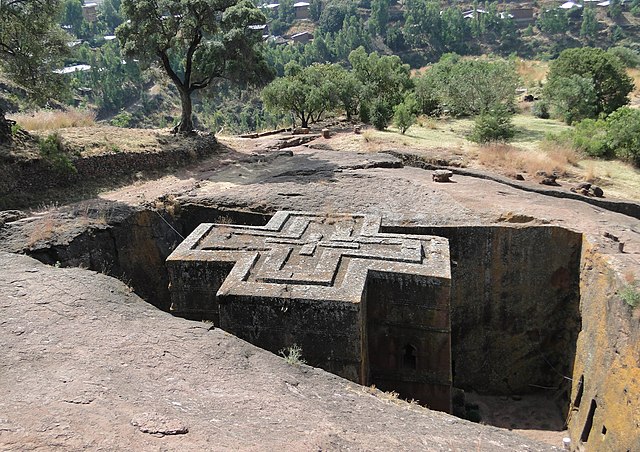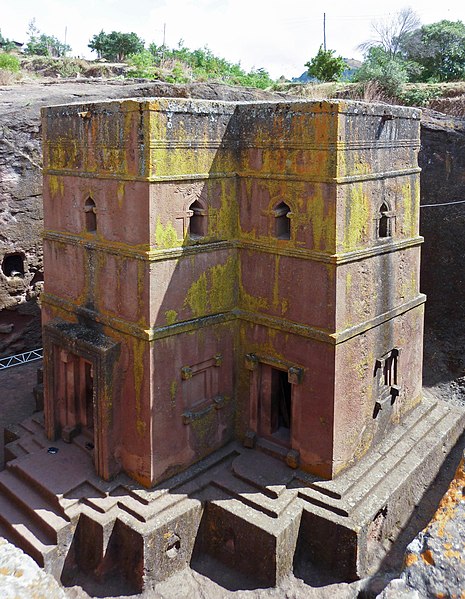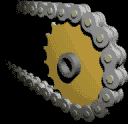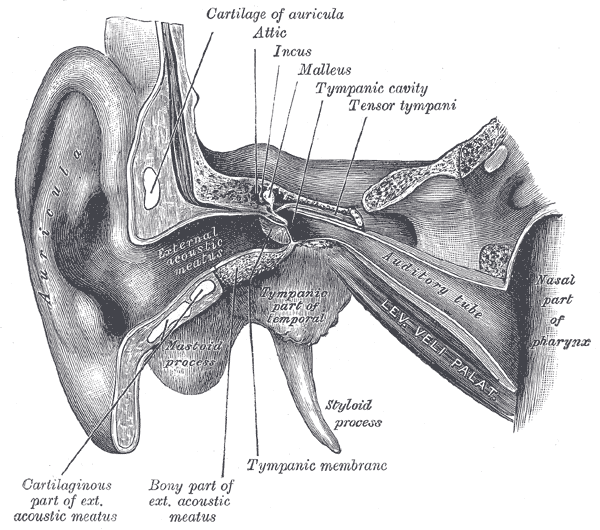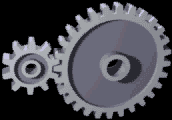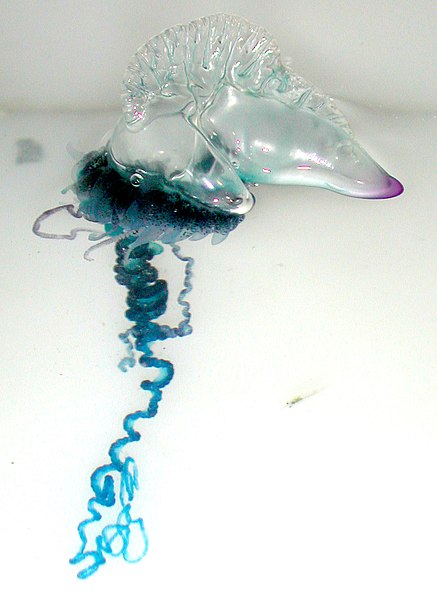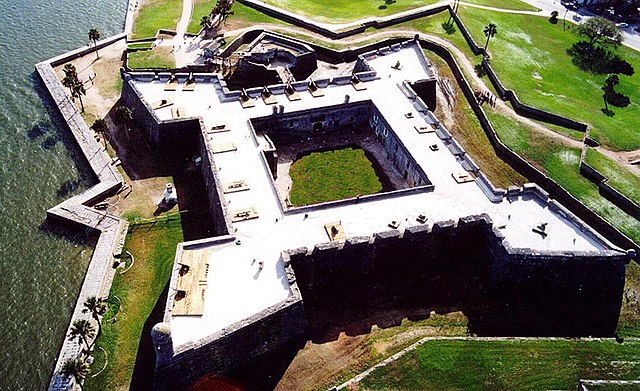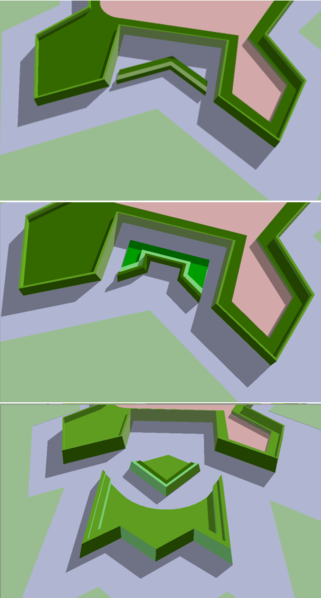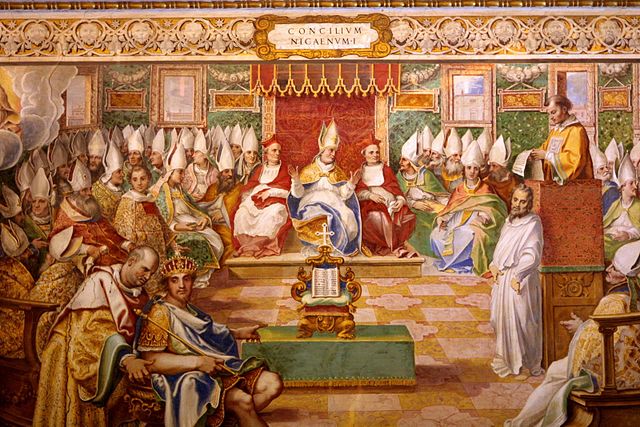We just learned about
Christianity in Armenia, with the country of Armenia being the first to become Christian.
Another part of early Christianity was the
Seven Ecumenical Councils.
We learned before about the
First Council of Nicea where people met to decide about the right ways to believe in God and Jesus, and what was true from history.
For a long time, people kept having arguments about what was true and what wasn't.
Any time there was a big argument, they would meet together at what they called an "Ecumenical Council" which just means a church meeting.
For over 400 years people met together to try and solve arguments, and these big meetings were called the Seven Ecumenical Councils:
- The First Council of Nicaea in 325 AD, talked about what Jesus was really like.
- The First Council of Constantinople in 381 AD talked about the Holy Spirit.
- The Council of Ephesus in 431 AD talked about sin and about Jesus' mother Mary.
- The Council of Chalcedon in 451 AD talked about different leaders of the church, and about Jesus.
- Second Council of Constantinople in 553 AD talked about what Jesus was like.
- Third Council of Constantinople in 680 AD talked about what Jesus body and mind was like.
- Second Council of Nicaea in 787 AD talked about whether people should make paintings or pictures of saints and Jesus.
That's a whole lot of meetings with a lot of church leaders!
People worked hard for hundreds of years to try and make sure they were teaching people the truth about God, based on all of the writings in the Bible and other historians from thousands of years.
Even today all the leaders of the churches meet together to try and make sure they are spreading the word of God the way that they believe is right.

(from: wikipedia -
first seven ecumenical councils)
Kid Facts - Blast from the past: Aristobulus - Bishop of Britain



